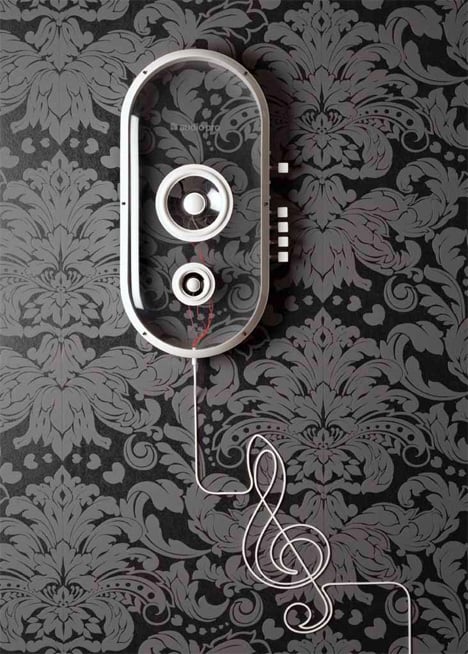A flash memory is a form of 'electrically erasable programmable read-only memory', also known as EEPROM. Its design as a section of memory cells allows files to be erased in a single action or in a 'flash', hence flash memory. It is extremely durable and widely used for storage medium such as the USB drive and digital camera memory cards.

A graphic card is basically an expansion card that reads instructions sent by the CPU, processes them with a graphics processor and later writes the resulting frame data to a frame buffer. It actually performs the dual roles of sending pixels to the display unit and then providing a certain type of processing using the GPU (graphical processing unit).

A sound card is also known as an audio card. It is a computer expansion card that enables the input and output of audio signals to and from a computer under the commands of certain computer programs. It allows output sounds from the computers to the speakers, input of sound recording from a microphone to the computer and to manipulate sound stored in a disk.

A network interface card (NIC) is a computer circuit board or card installed in the computer's system in order for it to be able to connect to a network. NIC is very useful in the sense that it provides a full-time connection to the surrounding networks. This hardware is becoming very common as it is usually embedded within computers especially laptops that mostly depend on wireless technology for network access.

Plug and play, usually shortened to PnP, refers to devices that function with a computer system once they are connected to computers. These devices will be automatically recognized and hence begin to work with the computers. For example, if a Plug-and-Play mouse is connected to the USB port on the computer, it will start to work almost immediately.

Bus line in terms of computing refers to a collection of wires through which data is transmitted from one point to another in a computer system. It is a connecting line between the microprocessor to the motherboard in expansion slots such as hard disk drives and CD-ROM drives.

HDMI stands for High-Definition Multimedia Interface. It is a specified system whereby it combines video and audio files into one single digital interface. This in turn allows usage with digital versatile disc (DVD) players, digital television (DTV) players and other audiovisual devices.

Cache memory is a tiny block of high-speed memory that is wedged between the CPU and the main memory. Its specially designed usage is to store frequently requested data and instructions in order to improve the computer's system performance by reducing the need to access the system's main memory for any transactions.

No comments:
Post a Comment